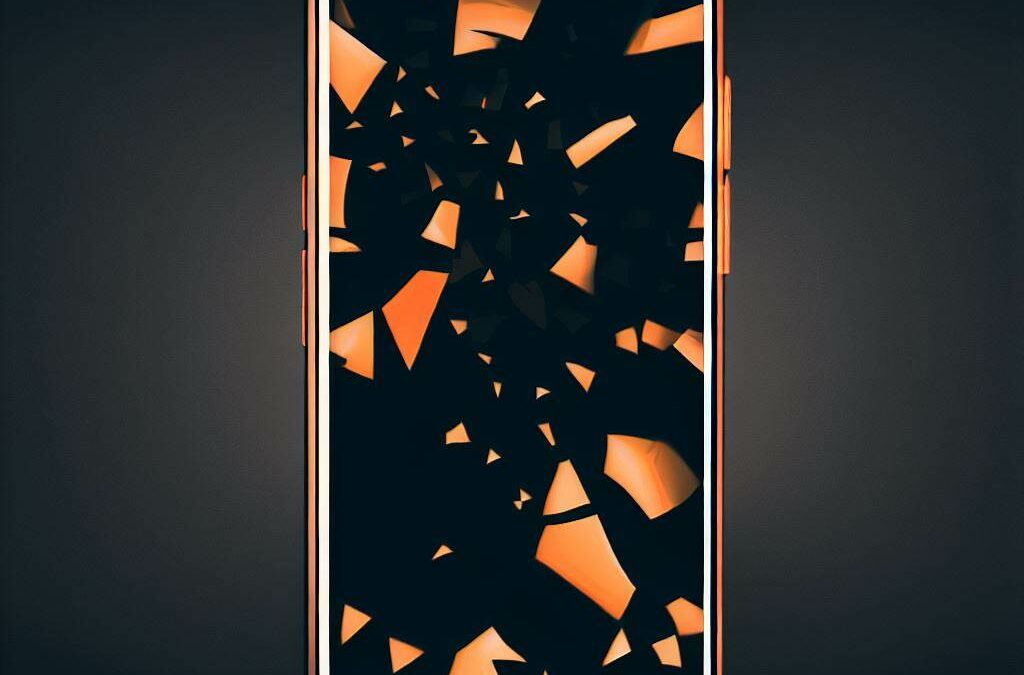We’ve all been there – the heart-sinking moment when a beloved gadget slips from our hands and the screen shatters into a web of cracks. Cracked screens are a common woe, but have you ever wondered about the intricate science and skilled techniques that repair experts employ to restore that crystal-clear display? In this article, we’ll delve into the science behind cracked screens and uncover how repair professionals bring them back to life.
Understanding the Layers
Modern screens are sophisticated assemblies comprised of multiple layers, each serving a specific purpose. The typical structure includes:
- Glass Layer: The outermost layer, often made of durable glass, serves as a protective barrier.
- Touch Layer: Located just beneath the glass, this layer detects touch input and enables user interaction.
- LCD Layer: The Liquid Crystal Display layer creates images by modulating light, converting electrical signals into visual output.
- Backlight Layer: Positioned behind the LCD, this layer provides the illumination that makes the images visible.
The Impact on Clarity
When a screen cracks, the structural integrity of these layers is compromised. Cracks can disrupt the functionality of touch sensors, distort or block LCD pixels, and even damage the backlight. The result? Dim or unevenly lit areas, distorted visuals, and impaired touch responsiveness.
The Repair Process
Repairing a cracked screen involves meticulous steps to restore both functionality and aesthetics:
- Screen Inspection: Technicians assess the extent of the damage, evaluating which layers are affected and the severity of the cracks.
- Glass Replacement: If only the glass layer is damaged, technicians skillfully remove the shattered glass and replace it with a new one, ensuring a seamless fit.
- Layer Restoration: For more complex damage, repair experts address each layer individually. Touch sensors, LCD components, and backlights are carefully examined and, if necessary, replaced to ensure optimal performance.
- Calibration: After repairs, the screen’s touch sensitivity and display quality are calibrated to match the original specifications, delivering an experience as close to the device’s out-of-the-box state as possible.
The Expert’s Touch
Repairing cracked screens requires more than tools – it demands expertise, precision, and an understanding of the intricate interactions among the screen’s layers. Technicians with specialized training can identify underlying issues, choose the right replacement components, and apply their skills to restore the screen’s clarity and functionality.
Conclusion
Behind the apparent simplicity of a gadget’s screen lies a complex assembly of layers that create the visual experience we often take for granted. When cracks mar this experience, repair experts step in, employing scientific understanding and technical skill to meticulously restore the screen’s clarity and usability.
